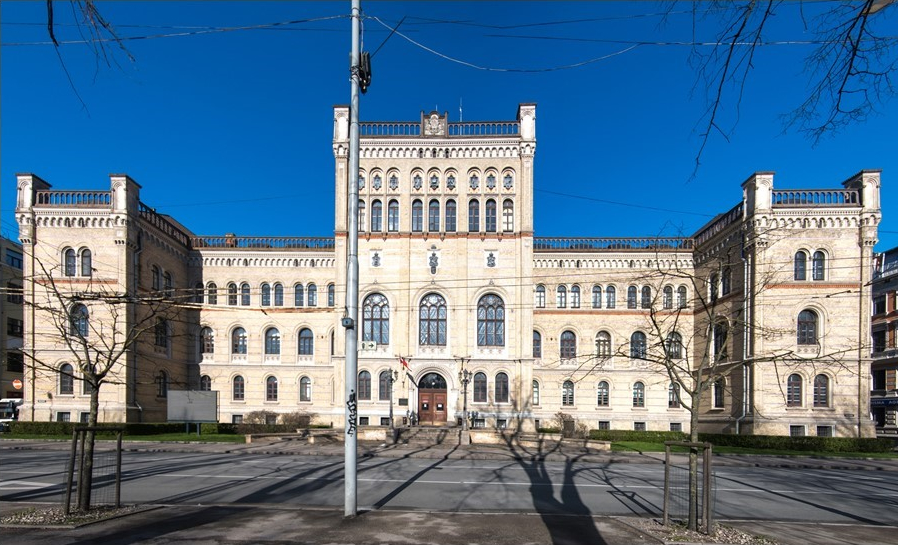Currently, there are 13 faculties in LU, covering four science sectors. In the field of science, LU operates the Faculty of Biology, Computer Science, Physics, Mathematics and Optometry, Geography, and Chemistry. Humanities and arts sciences can be studied at the faculties of Humanities, Theology and History, and Philosophy. Social sciences are represented in the faculties of Business, Management and Economy, Law, Pedagogy, Psychology and Arts, and Social Sciences. Medical and health sciences, meanwhile, are represented in the Medicine Faculty.
The new faculties could be formed on the basis of these science lines. For the time being, it is not known how many faculties could be created as a result of consolidation, but the maximum number could be six or seven.
The consolidation of departments is a decision of the LU Council, which does not contradict the university's development strategy, explained Muižnieks, stressing that this would allow the internal structures of higher education to be made simpler and more transparent while reducing red tape. It would also reduce the administrative burden, facilitate planning, and give students more flexibility in shaping the study process, the LU rector said.
“There would be a lot of positive successes and benefits here - larger structures are more stable and better able to withstand a variety of short-term crises that occur frequently,” Muižnieks said.
The merger of faculty would also affect scientific institutes that would be part of the new faculty structure.
The changes could take effect from next year, but by September LU would need to draw up and approve essential internal documents - a study process development plan and a plan for scientific development.



























